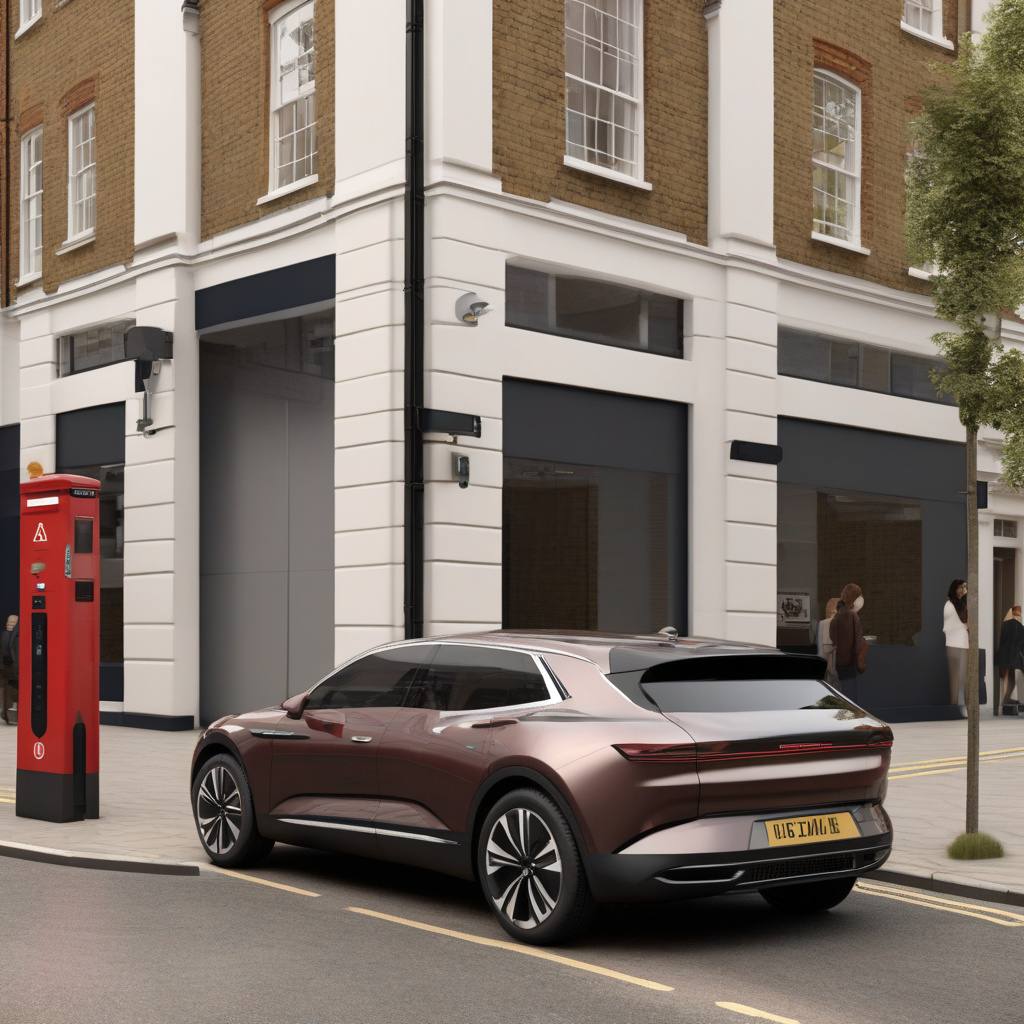In the ever-evolving landscape of automotive technology, the preferences of UK motorists are crystal clear. According to recent research conducted by eBay, convenience and connectivity take the lead over Advanced Driver Assistance Systems (ADAS). This revelation stems from a comprehensive study involving 2,000 UK drivers, shedding light on the tech features that truly resonate with today’s drivers.
Among the myriad of options available to modern motorists, parking sensors and seamless connectivity emerge as the top contenders for garnering favor. While ADAS technologies have been gaining traction in the industry, it appears that the desire for practical, user-friendly features reigns supreme among UK drivers. The appeal of parking sensors lies in their ability to simplify the often daunting task of parking, enhancing both convenience and peace of mind for drivers navigating busy urban environments.
Moreover, the emphasis on connectivity highlights a growing trend in consumer preferences towards a more integrated driving experience. With USB ports and other connectivity features becoming standard in many vehicles, drivers can seamlessly integrate their digital lives with their time on the road. From charging devices to enjoying personalized entertainment options, connectivity features have become indispensable for many motorists looking to stay connected while on the go.
While ADAS technologies undoubtedly offer valuable safety benefits, such as lane departure warnings and automatic emergency braking, it is clear that the immediate practicality and everyday utility of parking sensors and connectivity features hold a special place in the hearts of UK drivers. This preference underscores the importance of understanding and catering to the unique needs and desires of drivers in today’s fast-paced digital age.
As the automotive industry continues to innovate and evolve, manufacturers and tech developers would do well to take note of these consumer insights. By prioritizing features that enhance convenience, connectivity, and overall user experience, they can better meet the demands of a market that values practicality and seamless integration in their driving technologies. Ultimately, understanding and adapting to these preferences will be key in shaping the future of automotive technology and meeting the evolving needs of UK motorists.

